Whether you're looking to offload an unwanted piece, fund a new venture, or expand a cherished collection, mastering...
- Womens JewelryWomen\'s Rings
- Women\'s Rings
- Women\'s Necklaces
- Women\'s Bracelets
- Earrings for Women
- Cross Necklaces For Women
- Heart Jewelry
- Valentine\'s Day Gifts for Her & Him
- Emerald Jewelry
- Aquamarine Jewelry
- Morganite Jewelry
- Mom jewelry
- Ruby Jewelry
- Sapphire Jewelry
- Evil Eye Jewellery
-
arrow_forward
Men's Rings Men's Rings
-
€935.00 €1,100.00
-
Signet Jesus Christ Ring for Men 0917
€157.25 €185.00
-
Miami Cuban link mens Ring 0937K
€93.50 €110.00
-
Miami Mens Silver Cuban Link Ring 0937L
€93.50 €110.00
-
-
arrow_forward
Men Bracelets Men's bracelets
-
Luxurious Unisex Cuban Silver Bracelet 0036
€327.25 €385.00
-
Premium Silver 4MM Tennis Bracelet 0025
€100.30 €118.00
-
Silver Nail Men Leather Bracelet 0026
€157.25 €185.00
-
Men Solid Bangle Bracelet 0017
€216.75 €255.00
-
-
MenuBack
- .
- CALL FOR ORDER 2105059292
-
WOMEN'S JEWELRY
-
-
RINGS
-
Zircon Solitaire Fine Rings
-
Alphabet ring
-
Name Rings
-
Diamond Rings
-
Rings Silver/Gold
-
Zircon Yellow Gold 14k Fine Rings
-
Eternity Rings
-
Three Stone Diamond Rings
-
Zodiac Rings
-
Aquamarine Rings
-
Diamond Emerald Rings
-
Morganite Engagement Rings
-
Chevalier Rings
-
Mom Ring
-
-
-
BRACELETS
-
Gold/Silver Bracelets
-
Letters Bracelets
-
Custom name bracelet
-
Zodiac
-
Diamond Bracelets
-
-
-
NECKLACES
-
Diamond Necklaces
-
Necklaces Silver/Gold
-
Evil Eye Necklace
-
Name Necklaces
-
Zodiac Pendants
-
Rosary Necklace
-
Necklaces for Moms
-
-
-
EARRINGS
-
Earrings Gold/Silver
-
Diamond Earrings
-
Dangling Earrings
-
-
-
CROSSES
-
Christian Baptismal Crosses
-
Diamond Crosses for Women
-
-
-
MEN'S JEWELRY
-
-
Men Rings
-
Signs & Symbols Rings for Men
-
Mens Gemstone Rings
-
Mens Skull Rings
-
Mens Christian Rings-Religious Rings for Men
-
Animal Rings for Men
-
Economic Line
-
-
-
Men BraceletsMen Bracelets
-
BRACELETS
-
-
-
CufflinksCufflinks
-
Classic Cufflinks
-
Fashion Cufflinks
-
-
-
Men's NecklacesMen's Necklaces
-
-
-
Men CrossesMen Crosses
-
MEN'S CROSSES
-
-
-
WEDDING BANDS
-
Latest posts
-
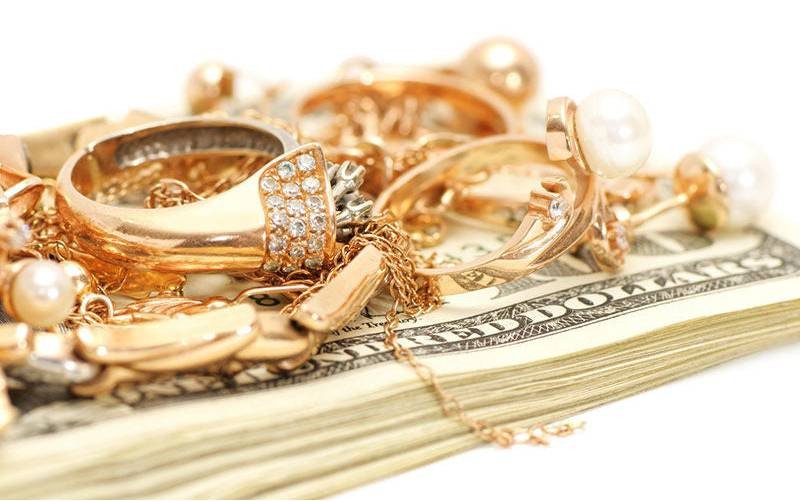 The Insider's Guide to Smart Jewelry Buying & SellingRead more
The Insider's Guide to Smart Jewelry Buying & SellingRead more -
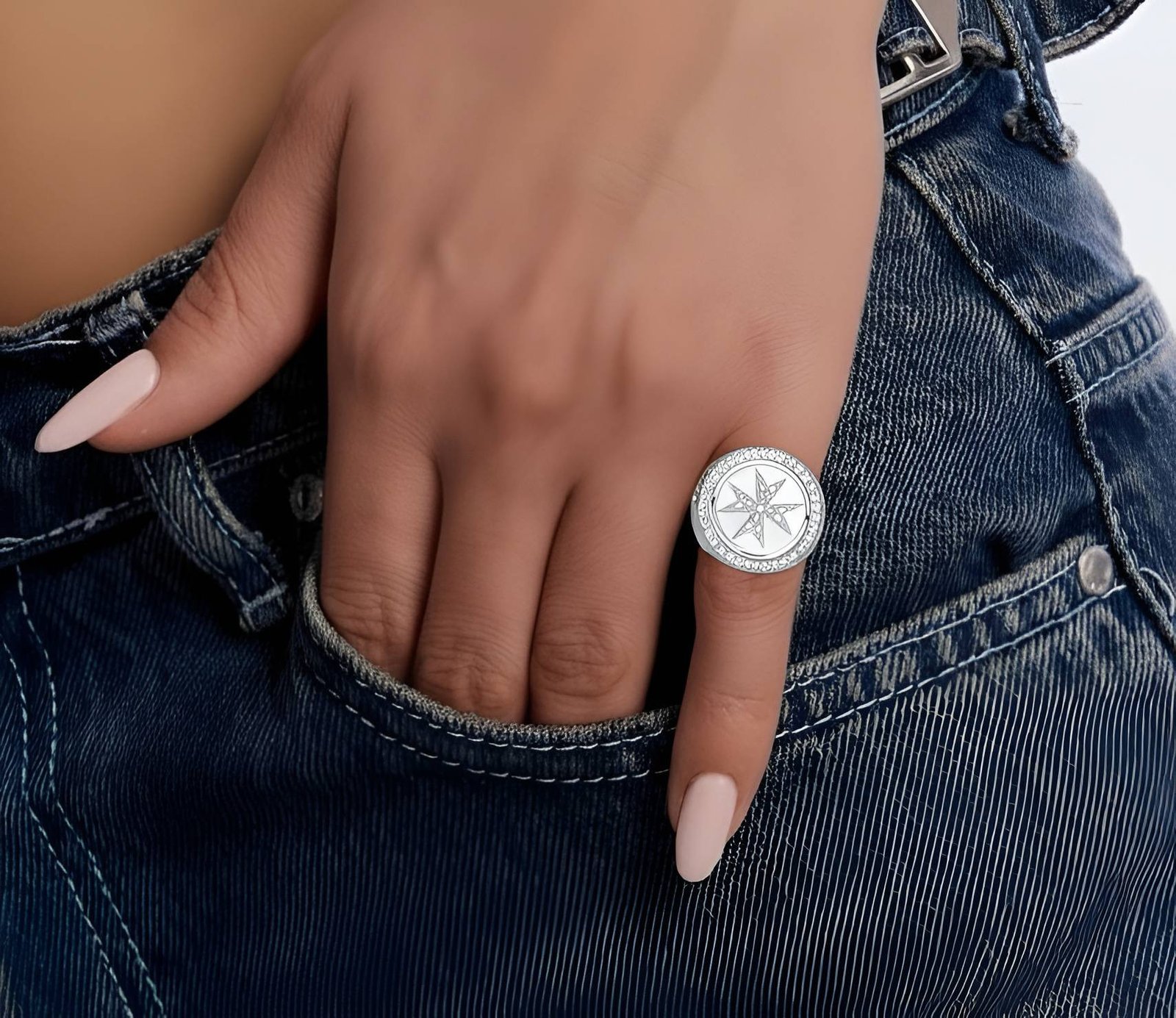 Women's Chevalier Rings 2025: The Return of Strength and Elegance09/29/2025Read more
Women's Chevalier Rings 2025: The Return of Strength and Elegance09/29/2025Read moreThe chevalier ring is not just a piece of jewelry. It is a piece of history, a symbol of strength and identity that...
-
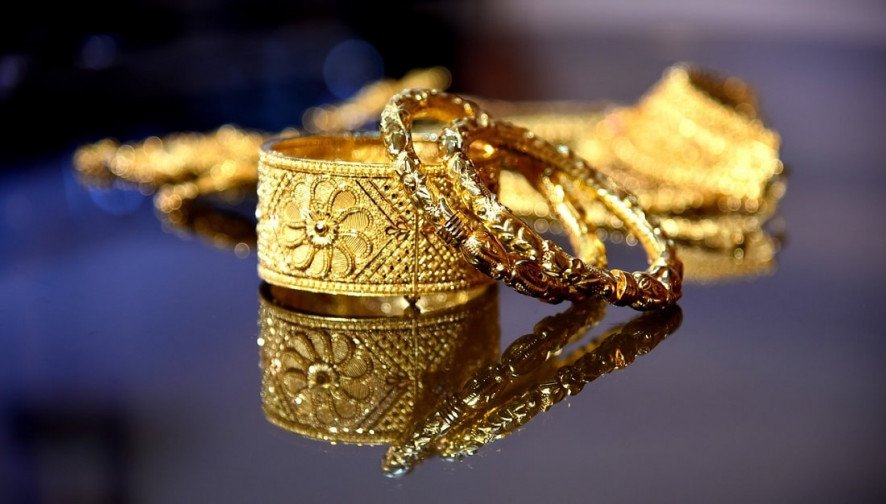 Γιατί το Χρυσό Κόσμημα Είναι και Πάλι στο Επίκεντρο08/28/2025Read more
Γιατί το Χρυσό Κόσμημα Είναι και Πάλι στο Επίκεντρο08/28/2025Read moreΤα τελευταία χρόνια βλέπουμε το χρυσό κόσμημα να κατακτά ξανά τις προτιμήσεις — όχι απλά σαν μια περαστική μόδα, αλλά...
-
 Why People Connect with Christian Jewelry04/26/2025Read more
Why People Connect with Christian Jewelry04/26/2025Read moreChristian jewelry has always held a deep symbolic meaning for believers across the world. Whether it is rings...
-
 Lab-Created Diamonds03/21/2025Read more
Lab-Created Diamonds03/21/2025Read moreUnderstanding Lab-Created Diamonds Lab-created diamonds are gemstones engineered in scientific facilities. They...
-
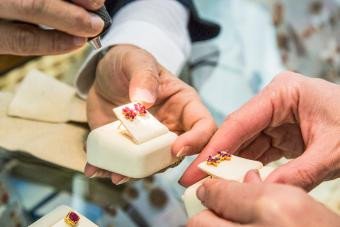 6 Suggestions for Selecting Jewelry as a Gift (That They’ll Truly Appreciate)03/13/2025Read more
6 Suggestions for Selecting Jewelry as a Gift (That They’ll Truly Appreciate)03/13/2025Read moreJewelry is a heartfelt present. Here’s how to ensure you choose something your loved one will cherish.
-
 Χριστιανικά Κοσμήματα: Διαχρονική Πίστη και Ομορφιά12/28/2024Read more
Χριστιανικά Κοσμήματα: Διαχρονική Πίστη και Ομορφιά12/28/2024Read moreChristian jewelry is a unique category of jewelry that combines spirituality with aesthetics. On our website,...
-
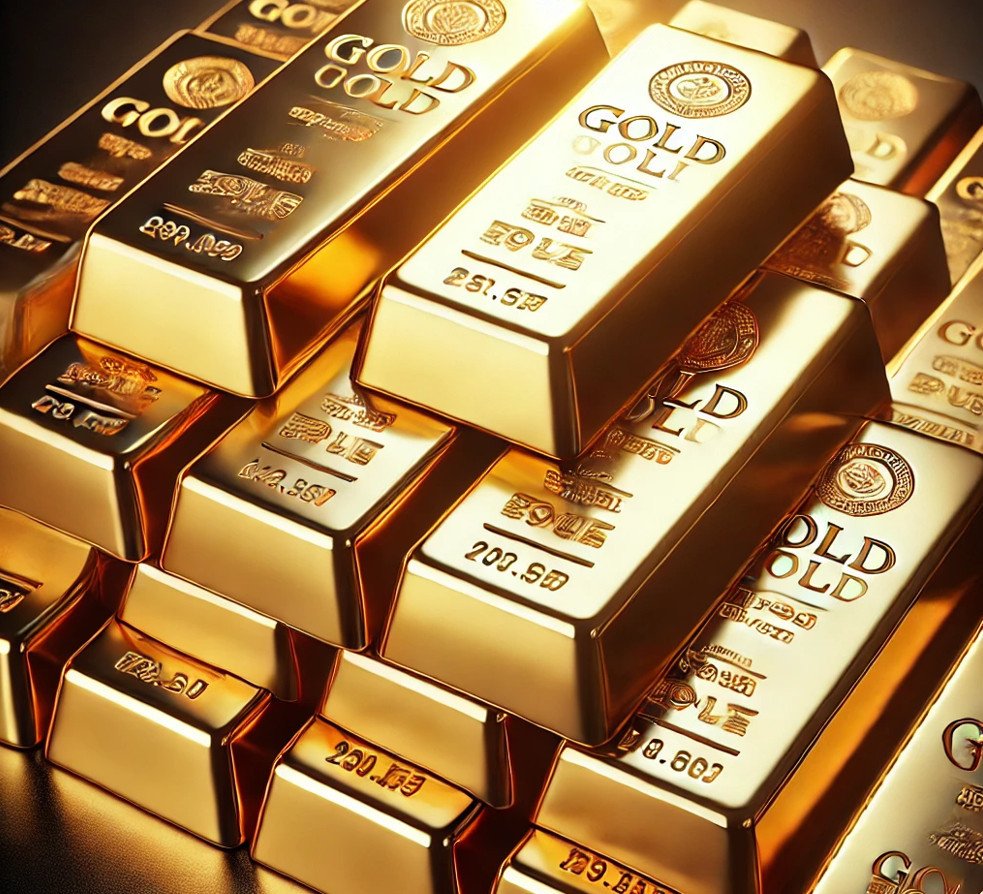 The Golden Age of Investing: The Trail of Gold Over the Last 20 Years10/05/2024Read more
The Golden Age of Investing: The Trail of Gold Over the Last 20 Years10/05/2024Read moreGold has always been one of the most precious metals and a traditional store of wealth. Its value is based on its...
-
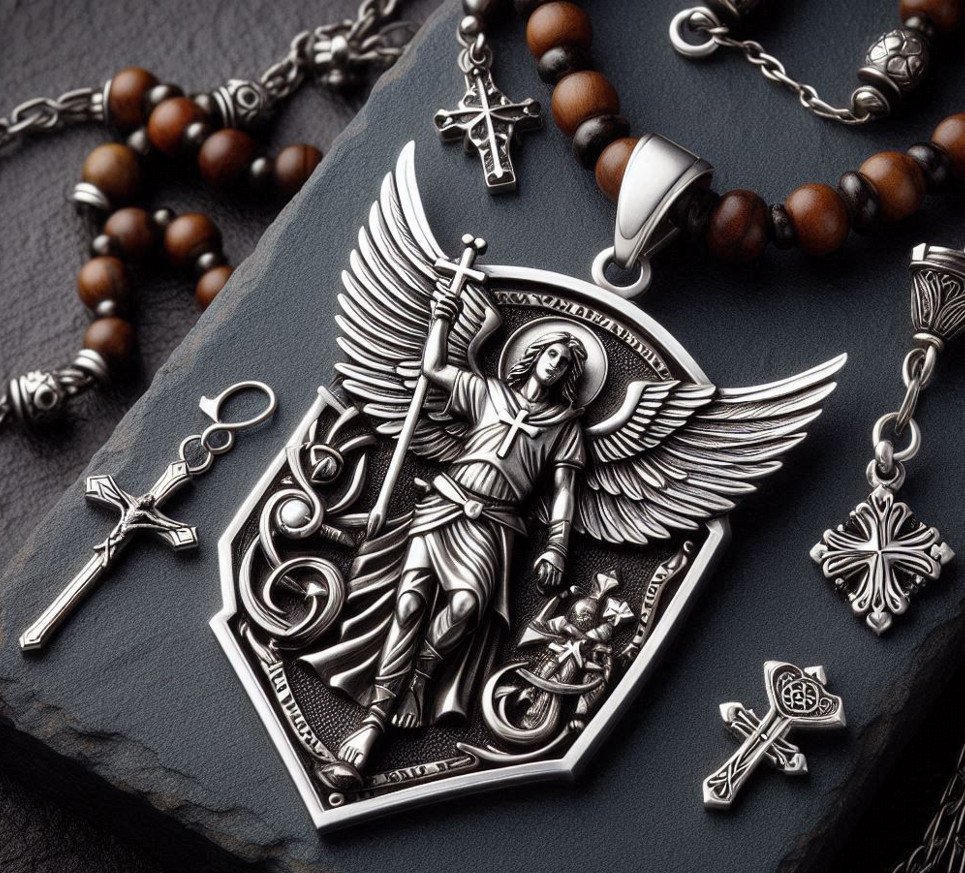 The Charm of Christian Jewelry by VisionGold.org Workshop08/19/2024Read more
The Charm of Christian Jewelry by VisionGold.org Workshop08/19/2024Read moreChristian jewelry holds a special place in the hearts of believers, as it combines spirituality with artistic...
-
 From Heart to Hand: Tips & Ideas to Give a Promise Ring06/15/2024Read more
From Heart to Hand: Tips & Ideas to Give a Promise Ring06/15/2024Read moreTake your relationship to the next level with one of our creative and romantic ways to give your partner a promise ring.
Blog categories
Search in blog
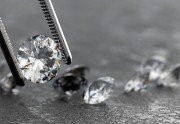
How to spot a fake diamond
Knowing how to spot a fake diamond can prevent you from falling into jewelry scams, while ensuring that you can find a beautiful diamond that suits your tastes and budget. Although the only way to truly ensure the authenticity of a stone is to submit it for an independent, professional evaluation by an experienced gemologist, knowing a few tips can prevent you from making a bad decision.
Tips on how to spot a fake diamond
There are several ways couples who want to buy a engagement diamond ring can look at gemstones to determine if they are real diamonds or not.
Understand the quality of diamonds: Couples who know how to judge the quality of a diamond based on the four Cs - color, cut, carat and clarity as defined by the Gemological Institute of America (GIA) - are less likely to be fooled by fake gemstones because they can immediately distinguish poor quality imitations.
Work with reputable jewelers: A reputable jeweler who can answer detailed questions is less likely to get involved with fake diamonds and "shady" deals.
Check the quality of the monolith ring: Diamonds are expensive and true diamonds are rarely placed on lower metals with poor quality monolith. If tying an engagement ring is crooked, loose or poorly made, the stone may be less valuable than the one they are trying to sell you.
Breath test: Diamonds dissipate heat quickly and a light breath on the stone should cloud it, but this fog will disappear almost immediately. Fake diamonds may remain blurred for 2 seconds or more, according to National Jeweler's Supply.
Check for damage: Diamonds are very durable gemstones and, while not impervious to surface damage, a stone that has many notches, scratches, abrasions or other damage is less likely to be a real diamond.
Reflection color: Due to the refractive index of the diamond, the reflection and shine inside the stone should be in shades of gray. According to Business Insider, stones with rainbow reflections are probably not genuine diamonds.
Transparency test: Diamonds do not have to be really transparent. Diamond Cutters International recommends turning the diamonds loosely upside down over a newspaper or other piece of paper with printed words. If you are looking for a real diamond, you will usually not be able to read the text through the stone. If you can read the text, the stone you are looking at does not have the proper light scattering properties of a real diamond.
Ultraviolet light: About 30% of diamonds will have blue light under ultraviolet radiation. Fake diamonds, on the other hand, will shine in other colors or not at all. Although an extremely high quality gemstone will not have blue light under UV radiation, this can be a good test for questionable stones if done in consultation with a trained jeweler.
Perfection: Any natural stone will have a few minor flaws and inclusions, and a diamond that is perfectly flawless should be carefully examined to make sure it is genuine rather than laboratory-made. While truly flawless diamonds are available, if this stone is offered at a very temptingly affordable price, it may not be a real diamond.
Lens Examination: Use a jewelry store lens to carefully examine the diamond. A real stone should have clearly defined faces with precise geometry, while fake stones may be less well done. In a real diamond, the thin band of the stone will be "faceted", and some designer diamond shapes, such as the Hearts on Fire diamond, will have ID numbers inscribed along the length of the diamond.
Identification of types of forged diamonds
loose stones

There are many types of simulated diamonds available in the jewelry market today, and while some people may refer to them as "fake" diamonds, they can be beautiful stones in their own right. Understanding the different types of diamond appearances can help couples find out if they really want a natural diamond - formed by heat and pressure deep beneath the earth's crust - or if a man-made artificial stone is suitable. a laboratory.
Zircon: This is a common lower cost diamond substitute and it has many of the same properties as real gemstones, although they are significantly heavier - they weigh up to 55 percent more than real diamonds according to Diamond Cutters International.
Moissanite: This rare mineral, which is actually more expensive than real diamonds, looks a lot like real. Even jewelers find it difficult to distinguish stones. However, moissanite has radically different chemical and physical properties from diamond, resulting in the refractory properties of the rainbow that look quite different from the grayish refractory material of a diamond. See Moissanite.net to see for yourself the difference.
Lab Created Diamonds: These diamonds have the same physical and chemical properties as natural diamonds, but are grown under carefully controlled laboratory conditions instead of being mined from the ground. Because they are not natural, they are often more affordable. Aside from the fact that the stones created in the laboratory are not natural, they differ from colorless and flawless diamonds only in that they do not have the level of hardness like real diamonds, according to Lab-Diamonds.com.
Crystal: Versatile crystal can be wonderful, but it does not have the durability and beauty of a gemstone. According to the Diamond Authority, the crystal does not have the shine of diamonds. Swarovski rings can be very cheap, but their lower quality makes them a bad investment.
The only real fake diamond is the one that is dishonestly portrayed as a diamond when it is, in fact, a different type of stone. By knowing how to check the authenticity of a diamond, couples can protect themselves from rogue individuals and find a diamond they value, whether it is a natural diamond or not.
Because evaluations are vital
While there are many easy tests on how to locate a non-genuine diamond, the only guaranteed valid test is to have the diamond professionally evaluated by an experienced gemologist. To ensure unbiased results, couples should avoid using in-house jewelry appraisers. An independent, professional evaluation by a certified and experienced gemologist is the only and best way to distinguish real and fake diamonds.
A gemologist can examine a stone in many ways that are not available to consumers and can issue a report on their judgment of the quality and value of the diamond. An appraiser will perform heat, weight and fluorescence tests on the gem to certify its composition and value and provide a certificate of authenticity of the gemstone that may be valuable for insurance purposes.
Make an updated purchase
Understanding how to spot a fake diamond can prevent couples from making a financial mistake, while at the same time helping them realize that not all fake stones are useless. A diamond engagement ring - natural or not - is only worth as much as the relationship it represents, and even the least expensive single stone ring can be invaluable to the couple sharing it.
Related posts
-
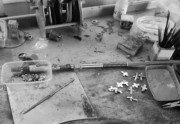 VisionGold Εργαστήριο Κοσμημάτων
Posted in: Jewelery buying guide05/21/2022χρυσοχοεια αθηνα,ερμου εργαστηρια,χρυσοχοιασ αθηνα κεντρο,εργαστηριο χρυσοχοιασ συνταγμα,εργαστηριο ασημικων...Read more
VisionGold Εργαστήριο Κοσμημάτων
Posted in: Jewelery buying guide05/21/2022χρυσοχοεια αθηνα,ερμου εργαστηρια,χρυσοχοιασ αθηνα κεντρο,εργαστηριο χρυσοχοιασ συνταγμα,εργαστηριο ασημικων...Read more -
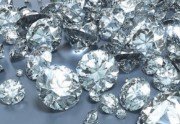 Επιλέξτε το σωστό διαμάντι για το μονόπετρο δαχτυλίδι σας
Posted in: Jewelery buying guide05/21/2022Τα διαμάντια είναι παντοτινά και φυσικά ο καλύτερος φίλος μιας γυναίκας........ Παρόλα αυτά είναι υπερτιμημένα και...Read more
Επιλέξτε το σωστό διαμάντι για το μονόπετρο δαχτυλίδι σας
Posted in: Jewelery buying guide05/21/2022Τα διαμάντια είναι παντοτινά και φυσικά ο καλύτερος φίλος μιας γυναίκας........ Παρόλα αυτά είναι υπερτιμημένα και...Read more -
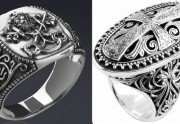 Οδηγός αγοράς ανδρικών δαχτυλιδιών
05/21/2022Η πλειοψηφία των ανδρών πιθανότητα θα φορέσει μόνο ένα δαχτυλίδι στην ενήλικη τους ζωή αυτό είναι η Βέρα τους. Ένα...Read more
Οδηγός αγοράς ανδρικών δαχτυλιδιών
05/21/2022Η πλειοψηφία των ανδρών πιθανότητα θα φορέσει μόνο ένα δαχτυλίδι στην ενήλικη τους ζωή αυτό είναι η Βέρα τους. Ένα...Read more -
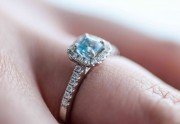 Πρόταση γάμου από την οπτική της γυναίκας
Posted in: Wedding proposal with engagement ring05/21/2022Πρόταση γάμου από την οπτική της γυναίκας Αχ, ο ρομαντισμός της προτάσεις γάμου, τα λουλούδια η μουσική το φως των...Read more
Πρόταση γάμου από την οπτική της γυναίκας
Posted in: Wedding proposal with engagement ring05/21/2022Πρόταση γάμου από την οπτική της γυναίκας Αχ, ο ρομαντισμός της προτάσεις γάμου, τα λουλούδια η μουσική το φως των...Read more -
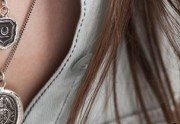 What Is The Ideal Necklace Length For Each Set - A Mini Jewelery Classification Guide
Posted in: Jewelery buying guide05/24/2022We are women and few of us have the ability to be submissive to ornaments. Their brilliance exudes a distinct...Read more
What Is The Ideal Necklace Length For Each Set - A Mini Jewelery Classification Guide
Posted in: Jewelery buying guide05/24/2022We are women and few of us have the ability to be submissive to ornaments. Their brilliance exudes a distinct...Read more


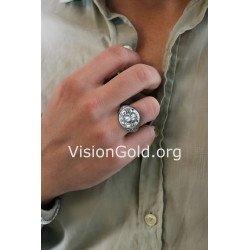
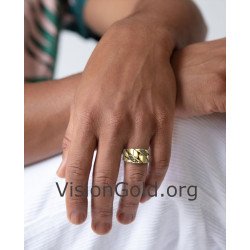
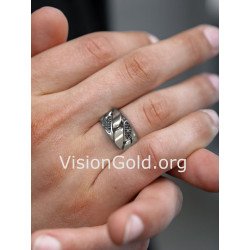
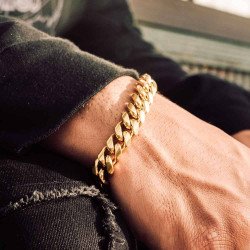
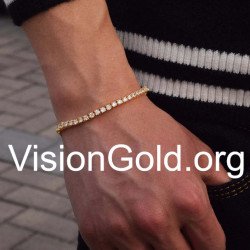
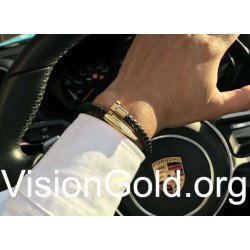
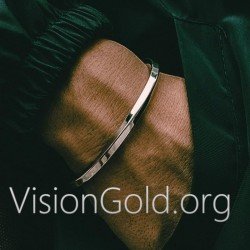

Leave a comment